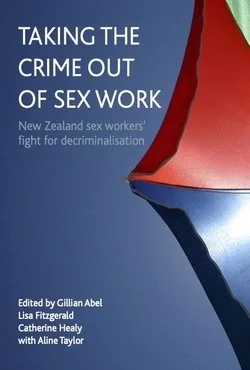By Carly B. Dierkhising and Bo-Kyung E. Kim
The authors of this report examine a project aimed at conducting an evaluability assessment of specialized units in Los Angeles County that interact with children and youth who have experienced commercial sexual exploitation (CSE) and who are involved in the child welfare and juvenile justice systems. The authors seek to fill an information gap by documenting those multidisciplinary service delivery models to help determine whether they are the most effective services for children and youth who have been and/or are at risk of CSE. The three overarching research questions addressed by the study were: what are the program components of the specialized units; what are the associated short-term and long-term outcomes; and how can the programs be assessed for implementation fidelity. By answering those questions, the five specific objectives of the project were to: conduct a scoping review of the literature on programs and program evaluation for youth impacted by CSE in the U.S.; specify and describe the activities of specialized units in Los Angeles County for children and youth who have experienced CSE; develop logic models that include program components and hypothesized outcomes of the specialized units; identify and/or develop measurement tools and a plan to assess program fidelity; and evaluate the research capacity of the agencies. The authors report that they were able to operationalize the activities and outcomes of the project, and they provide examples of a how a unit could be assessed for fidelity. The authors’ assessment of the research capacity of the units indicates that there is potential for successful future evaluation activities, however additional data collection processes would need to be implemented in order to capture the broad range of activities and/or outcomes included in the logic model. The report includes appendixes with relevant documentation, surveys, and forms.
Los Angeles: School of Criminal Justice and Criminalistics, California State University, 2023. 87p.








